#astronomicum caesareum
Text
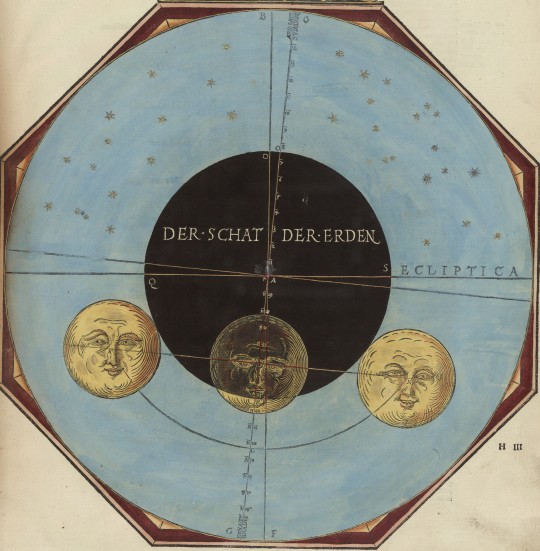
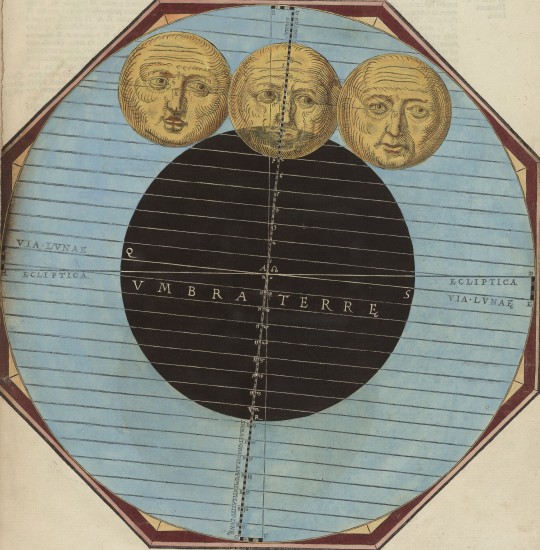
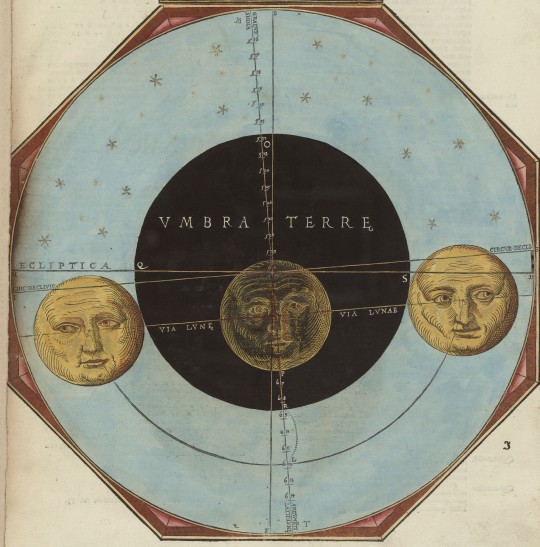
partial and total lunar eclipses
woodcuts in Petrus Apianus' "Astronomicum Caesareum", a printed astronomical book, Bavaria, 1540
source: Kassel, Universitätsbibliothek, 2° Ms. astron. 16, fol. 67r, 68r and 69r.
#for once not a manuscript#woodcuts#astronomicum caesareum#petrus apianus#lunar eclipse#historical astronomy#umbra terre#astronomy#astronomical illustrations#16th century#moon
196 notes
·
View notes
Text


Astronomicum Caesareum, Petrus Apianus [Peter Apian], 1540
#petrus apianus#peter apian#astronomicum caesareum#ancient astronomy#volvelles#astronomy books#16th century#my post#gnomonics#night sky#stargazing#astronomical instruments#dragons#wyrm#de rerum caelorum
23 notes
·
View notes
Photo

.
.
.
Die Mondknoten oder Drachenpunkte sind die Schnittpunkte der Mondbahn mit der Ekliptikebene: der aufsteigende Mondknoten (übliches Symbol: ☊) ist derjenige, bei dem der Mond von der südlichen auf die nördliche Seite der Ekliptik wechselt ("aufsteigt")
Als drakonitischer Monat (drakon / δράκων: Griechisch für Drache) wird die Zeitspanne zwischen zwei aufeinander folgenden Durchgängen des Mondes durch den aufsteigenden Knoten bezeichnet.
.
.
.
Petrus Apianus' Astronomicum Caesareum
.
.
Dieselbe etymologische Bedeutung steckt in der „Ekliptik“ (griechisch ékleipsis – wörtlich „Verdeckung, Auslöschung“). Er findet sich auch in der chinesisch-konfuzianischen Mythologie bei Xi und He, 羲和, den himmlischen Beamten für Sonne und Mond. Dieser Mythos steht jedoch in keinem bekannten Zusammenhang mit dem Sternbild „Drache“.
Der drakonitische Monat dient der Berechnung von Finsterniszyklen, den regelmäßigen Wiederholungen von Sonnen- und Mondfinsternissen.
Drachenkopf (Caput draconis, aufsteigender Mondknoten)
Drachenschwanz (Cauda draconis, absteigender Mondknoten)
Vom Bild des Drachen, der bei einer Finsternis die Sonne bzw. den Mond verschluckt, leitet sich der alte Ausdruck Drachenpunkt ab (lateinisch draco „Drache“).
.
.
Nur in der Nähe eines Durchgangs des Mondes durch einen der Knoten sind Finsternisse möglich:
eine Mondfinsternis nur bei gleichzeitigem Vollmond
eine Sonnenfinsternis nur bei gleichzeitigem Neumond.
Beide Finsternistypen können sowohl am aufsteigenden als auch am absteigenden Knoten auftreten.
Das Zeitintervall zwischen zwei Durchgängen der Sonne durch denselben Mondknoten bezeichnet man als Finsternisjahr.
2 notes
·
View notes
Text

Peter Apianus
N1495 Leisnig (Saxony) - Ingolstadt 1552
Astronomicum Caesareum.
Ingoldstad, in aedibus nostris, May 1540. Approx. 46: 30.5 cm. With old-colored title woodcut, 35 leaf-sized, old-colored, astronomical woodcut figures, 21 of which are with numerous movable discs and silk threads, other old-colored text woodcuts, including comments, instruments, etc., as well as 1 full-page old-colored woodcut coat of arms with the signature "In Bll. Red maroquin cover from the 19th century Century with gold embossing of Belz-Nidrée, Paris, on the inside with the stamp.
“Without doubt … the most luxurious and intrinsically beautiful scientific book that has ever been produced” (Prof. Derek de Solla Price of Yale University, Science 1967, 104).
Karl and Faber
10 notes
·
View notes
Text
How one of history’s most beautiful books was used to find fate in the cosmos | Aeon Videos
A manual produced for emperors to decode the stars, the Astronomicum Caesareum is also an extraordinarily beautiful book
ToKTutor's insight:
nov2023 Q2 The Astronomicum Caesarium & the search for knowledge: How mathematics & art combined to help make sense of an uncertain world...
0 notes
Text
0 notes
Video
youtube
Using the Astronomicum Caesareum Book
0 notes
Text

Page from Astronomicum Caesareum (May 1540), Michael Ostendorfer
This most sumptuous of all Renaissance instructive manuals explained the use of the astrolabe (for calculating the altitude of stars) and other instruments used for computing planetary positions. The author, court astronomer to Emperor Charles V, also provided new observations on the comet of 1531 (Halley's Comet). Only about forty copies of this work survive; very few still have the seed pearls that were originally attached to the string markers on each of the eighteen disks.
0 notes
Text
0 notes
Photo



I don’t often think of people from the Renaissance as having instruction manuals, especially for things like astrolabes, but here we are. Plus that is an awesome sky chart; modern astronomy books should take note.
Ostendorfer, M. (1540). Astronomicum Caesareum. Retrieved from: https://www.metmuseum.org/art/collection/search/337061
1 note
·
View note
Photo



Astronomicum Caesareum, Petrus Apianus, Michael Ostendorfer, Germany, 1540
Met Museum New York
Provenance: donated by Herbert N. Straus 1925
17 7/8 × 12 11/16 × 1 5/16 in. (45.4 × 32.3 × 3.3 cm)
Petrus Apianus (1495 – 1552), also known as Peter Apian, Peter Bennewitz, and Peter Bienewitz, was a German humanist, known for his works in mathematics, astronomy and cartography. His work on cosmography presented in his most famous books Astronomicum Caesareum (1540) and Cosmographicus liber (1524) were extremely influential in his time. Numerous editions in multiple languages were published until 1609.
[text source: @wikipedia]
#manuscript#16th century#museum#public domain#astronomicum caesareum#dragon#sun#moon#art#illustration#book#art history#cosmography
199 notes
·
View notes
Photo
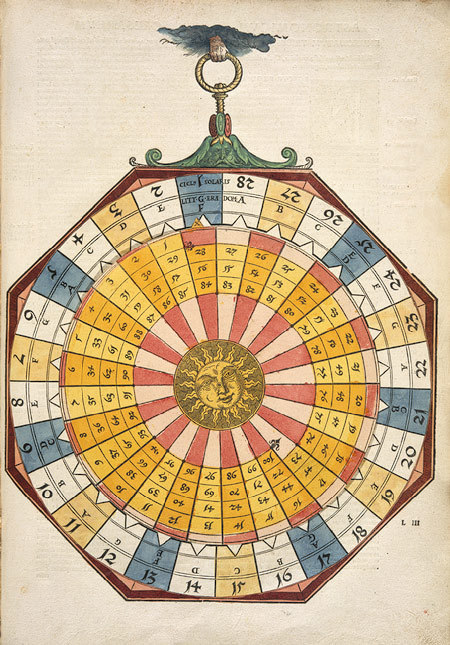

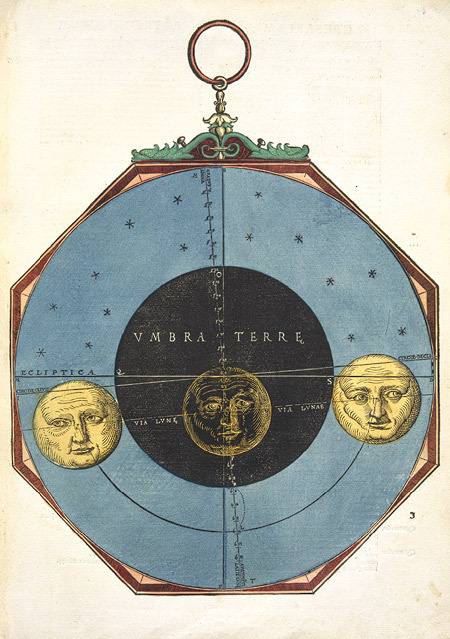

Gorgeous pages from Astronicum Caesareum, 1540, a manual on the use of astronomical devices like the astrolabe. Hand-colored woodcuts by Michael Ostendorfer, written by Petrus Apianus, court astronomer to Charles V, Holy Roman Emperor. (Metropolitan Museum of Art)
#astronomicum caesareum#space#astronomy#art#scientific illustration#16th century#1540s#petrus apianus#michael ostendorfer#holy roman emperor
88 notes
·
View notes
Photo

Petrus Apianus , Astronomicum Caesareum
105 notes
·
View notes
Photo

The Astronomicum Caesareum, from 1540, open to a page showing a rotating paper disk that traces celestial motion.
Credit...Photographed by Vincent Tullo for The New York Times
263 notes
·
View notes
Photo


Petrus Apianus, details from Astronomicum Caesareum - or "Astronomy of the Emperor", 1540.
662 notes
·
View notes
Text
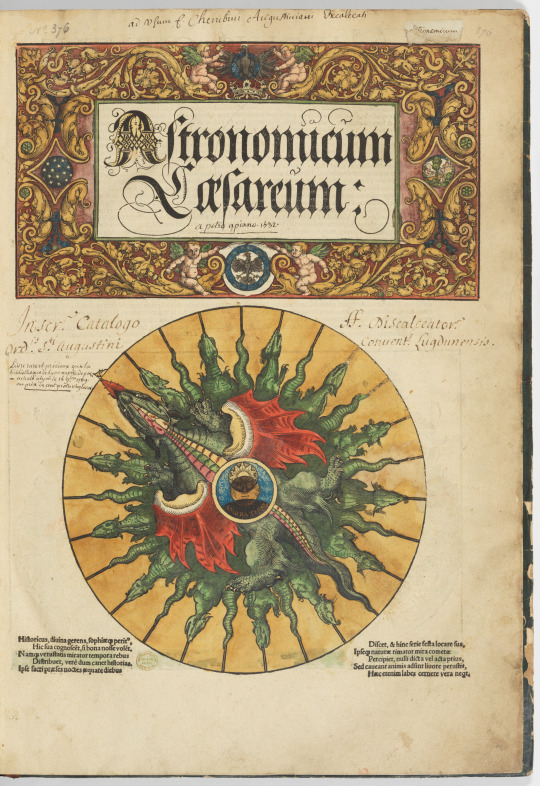



Astronomicum Caesareum
May 1540
Michael Ostendorfer
The Met
#witchcraft#witchy#green witch#witches#witchythings#cottagecore#cozycore#witchy lifestyle#witch puns#grandmacore#museum art#museum photography#museum collections#astrological#astrologic#astrology#astrophysics#astronomy#astrology memes#astrological observations#museum#museum aesthetic
133 notes
·
View notes